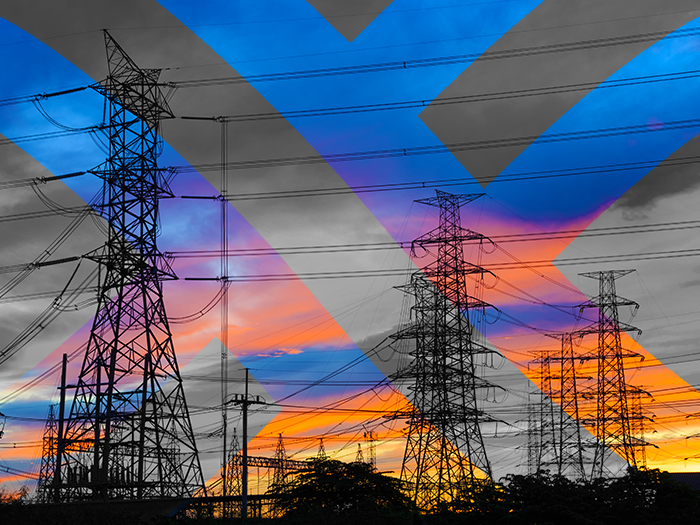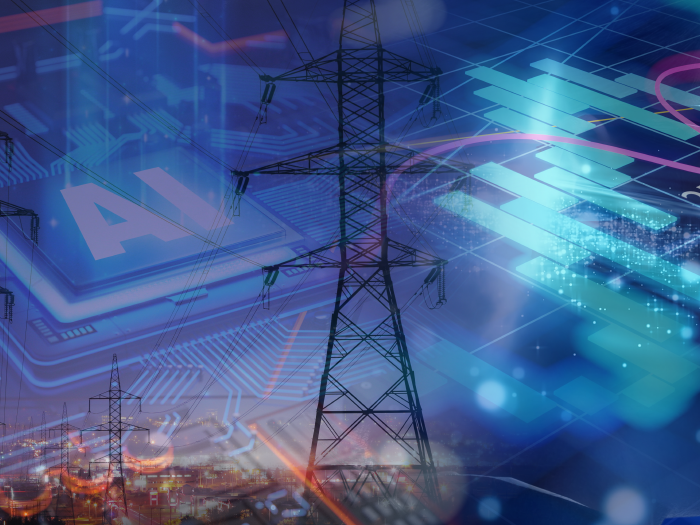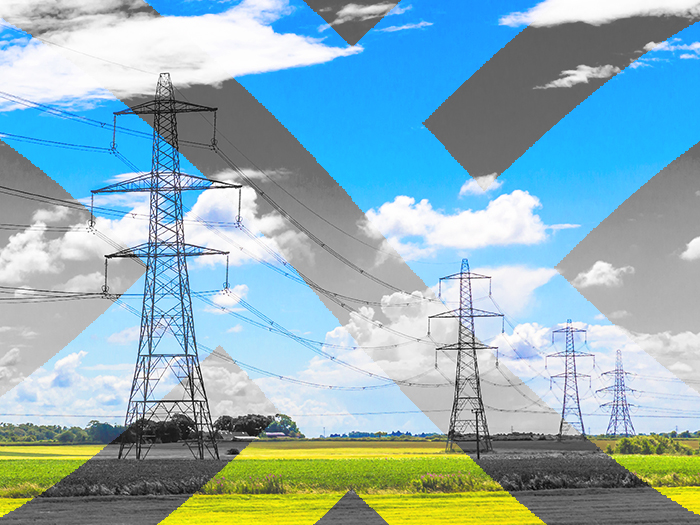News
better business decisions
Posted 5 years ago | 5 minute read

Practice via Power Cut: Prep for our Future Grid?
On Friday 9th August, Great Britain experienced one of the most disruptive power cuts in recent times.
Two large generators tripped near simultaneously, Little Barford (gas) and Hornsea (off-shore wind), causing a significant drop in frequency. The frequency dropped to 48.8Hz, a relatively huge deviation from the 50Hz required.
The system was unable to recover from this sudden drop, resulting in loss of power to selected areas from around 16:54 BST. Whilst all systems were back up and running by 18:30 BST, homes, businesses and transport were significantly affected.
Duncan Burt, Operations Director at National Grid ESO, explained that the system isn’t designed to withstand that level of loss without going into secondary safety measures, and that the last time this happened was in 2008, when, again, two power stations dropped off.
National Grid described the outage as a “rare and unusual event”. But does this raise important questions about the resilience of our networks?
With an increase in renewable and low-carbon sources, and a reduction in coal-fired power stations, the system has lost precious system inertia, which would have been used to effectively manage issues like the one we saw on Friday. Synthetic inertia can be produced by calling upon fast-acting batteries, or by turning large plants on or off, to balance the frequency. Unfortunately, in this case, it wasn’t enough. National Grid explained that “due to the scale of large generation losses this was not sufficient, and to protect the network and ensure restoration to normal operation could be completed as quickly as possible, as backup protection system was triggered which disconnects selected demand across GB”.
(Note: Inertia is the ability to naturally continue in an existing state. In the context of power production, it is the ability to carry on long enough after a fault occurs for the system to find other sources or reduce demand in order to rectify the imbalance).
However, it is important to note that the outages had nothing to do with the intermittency of wind. According to the BBC, experts say there is no reason to believe that wind farms are in any way more likely than other generators to disconnect from the grid.
Michael Phelan, Chief Executive at GridBeyond, commented “Frequency management is increasingly important as power not only becomes progressively decarbonised, but evermore decentralised too.”
“Sceptics appear to speculate over whether this really was just an unfortunate event of lottery-win probability, or whether the power cut was a hack, a practice for post-Brexit realities, or simply ineffective management of the system. Regardless, one thing is for sure: GB needs more investment in grid balancing technologies if a 2050 net-zero target is to be achieved. “
“It is both my personal belief, and that of our expert team here at GridBeyond, that recent events demonstrate just how well our systems usually work for us, and how we can often take this for granted. The energy transition requires careful consideration, and events like this will help to shape future policy and programmes for management”

Why is frequency so important?
The GB power network operates at a frequency of 50Hz. Even just a 1% deviation from this can begin to damage infrastructure and equipment. This is why, at a certain point of deviation, balancing services interfere and correct either the supply or demand on the grid.
So, what lessons can we learn from this recent frequency-related outage?
We can look at case studies from other countries, such as Australia, which have eliminated the risk of outages by installing record-sized battery plants, to guide us in our next steps.
Electrek wrote in 2017 “Tesla’s world record sized 100MW/129MWh lithium ion battery reacted within milliseconds when an Australia coal power plant removed itself from the power grid”… “The purpose of this battery was specifically to defend the power grid from trips like this after outages in the summer of 2016.”
“When the Victoria power plant tripped (removed itself from the power grid for a technical reason), the power grid’s frequency began to drop – from 50Hz to below 49.80Hz. The battery responded before […] the original power plant completed its disconnection from the grid.”
The work in Australia is particularly pertinent to the UK as both run on island-networks. You can learn more about the similarities in the on-demand webinar Energy Trends in the Global Marketplace.
As National Grid ESO works out how best to manage situations like this in the future, and whilst we wait for grid-scale battery projects to take off, businesses can take resilience into their own hands with behind the meter battery installations.
Critical sites such as hospitals, banks, airports and data centres will had the opportunity to understand how effective their back-up systems really are. It is likely these will not have been tested to this extent since 2008, if ever.
In summary
The energy mix is continuously changing and evolving toward a decentralised and decarbonised system. The hurdles we, as a collective system, face are not impossible to overcome. However, they are challenging without the right levels of buy-in, both intellectually and in terms of investment. You can see from the matrix below the challenges and opportunities within each current available generation source. See which generation sources are in action right now and how our current frequency is looking here.










